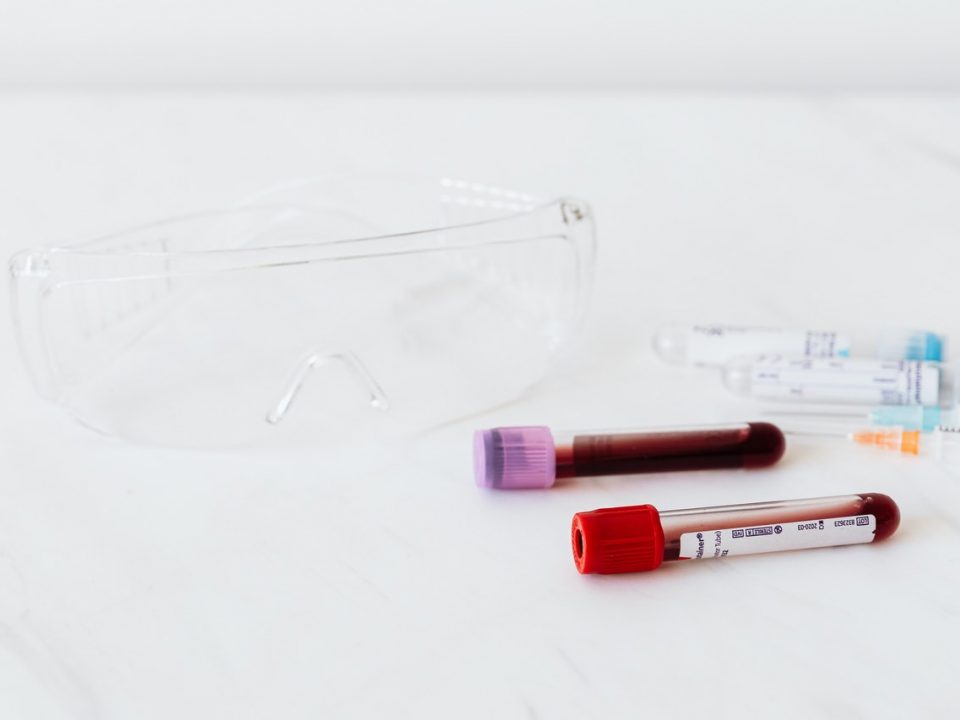S3 Therapy: The Latest Anti-Ageing Craze
Botox Injections: An alternative to a breast lift?
After years of performing regenerative injection therapy (RIT) with the use of platelet rich plasma (PRP) for the treatment of chronic musculoskeletal pain and acute injury, I learned of a new use for RIT with PRP; rejuvenation of the skin. This treatment is now referred to as ‘Dracula Therapy‘ by the media.
RIT with PRP has been in the news as of late as many professional football and baseball players have undergone this treatment with excellent results. This is how it works: when a tissue is injured, platelets rush to the area to form a blood clot (everyone knows this) but additionally platelets release proteins that are directly responsible for the creation of new collagen. If an injured tissue does not fully heal, we are left with a structure that does not fully function and is painful. In order to restore function and reduce pain, we can inject PRP directly into the damaged tissue such as torn muscles, chronic tendonitis, whiplashed neck, arthritic joints, etc. This ‘tricks’ the body into thinking that it has undergone a new injury (but it has not) and this launches the body’s natural healing cascade to grow new collagen. Essentially, we get a second chance at healing. The result is regeneration of new connective tissue, restoration of function, and decrease in pain.
In November of 2008, I gave a lecture on the topic of RIT with PRP for the treatment of pain at an anti-aging medical conference in Dubai, U.A.E. At that same meeting, I saw on the roster a lecture titled “Platelet Rich Plasma for the Rejuvenation of the Skin”. I was fascinated as I had never heard of this but of course, the idea made sense; if PRP heals connective tissue of ligaments, joints and tendons, then it should heal skin as well. I knew I wanted to learn this therapy and offer it to my patients right away.
After the meeting, I spent time in the office of the presenter to learn the procedure. I discovered that the actual injecting technique is identical to French mesotherapy. Because I went to McGill University in Montreal and have lived in France, I speak fluent French. When I first learned of mesotherapy in 2004, I travelled to France to learn mesotherapy directly from the French Society of Mesotherapy (SFM) and since have conducted many training seminars, given lectures, written and translated articles and chapters, and taught for the SFM. All of this to say, learning to perform Dracula Therapy was an easy step for me.
Dracula Therapy’s mechanism of action is identical to RIT using PRP for musculoskeletal disorders. As the skin ages, there is a loss of collagen. This leads to thinning, sagging, and loss of elasticity. Injecting PRP into the skin triggers the growth of new collagen and the hands of time are turned back.
Upon teaching Dracula Therapy to a few of my colleagues, we collaboratively devised an administration method that dramatically reduces the pain involved with the procedure.
WHAT TO EXPECT
Dracula therapy has two main applications:
1. Filling in folds and creases much like a cosmetic filler (but a single treatment is much longer lasting perhaps years). These injections are deep and leave very little bruising.
2. Rejuvenating thinning, sagging, less elastic skin anywhere on the body. I have found that while anywhere on the body can be treated (including the hands), the greatest improvement is found in the eyelids. These injections are more superficial and cause bruising that lasts a couple of days.
Once a patient has been deemed a good candidate for Dracula Therapy, his or her blood is drawn and placed into a centrifuge for 15 minutes. During this time, a numbing cream is applied to the face. When the blood is spun, the cream is removed, the skin is cleaned, and the PRP is injected into the desired area. Between the cream and my special preparation of the PRP with a very fast-acting and strong local anesthetic, the treatment is minimally painful. The area treated determines the amount of post-treatment bruising (deeper injections = less bruising, superficial injections = more bruising). Patients can then return to normal activities. Patients are advised, just as with PRP for musculoskeletal treatments, to avoid the use of non-steroidal anti-inflammatory medications such as ibuprofen as these agents block the platelet cascade.
After any bruising and swelling goes down after a few days, the patients face returns to normal. Minor if any improvement is seen. Then at about two weeks, minor improvement is noted. At one month to six weeks moderate improvement is present. At two to three months there is generally major improvement. Even at six months, improvement continues. If a second treatment is desired, I recommend a wait of at least three months because it takes that long to see the majority of the treatment. A treatment sooner may not be necessary. No one has been performing Dracula Therapy long enough to determine how long the effect lasts, but I have found that one year out from the treatment, the results do not diminish. Time will tell.
Harry Adelson ND
docereclinics.com





3 Comments
Dr. Harry I am ready for another please! I love what my May 2009 injections have done for my sagging skin. The creepy under eye is completely gone and my wrinkles around my mouth are 80% improved. Round 2?
Dr.Harry this is very interresting!I would like to know how much does the procedure cost and after the procedure is done,for how long does someone have to wait until he or she can take an anti-inflammatory drug.
Regards
hello,
please tell me where the procedure takes place and on what days, and to give me a contact address/phone number.